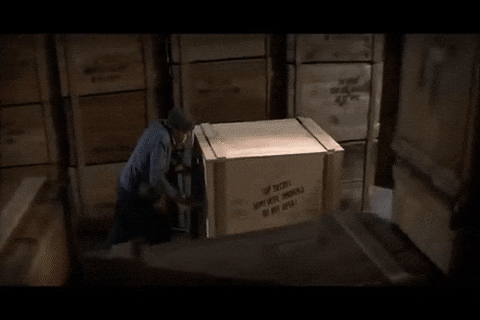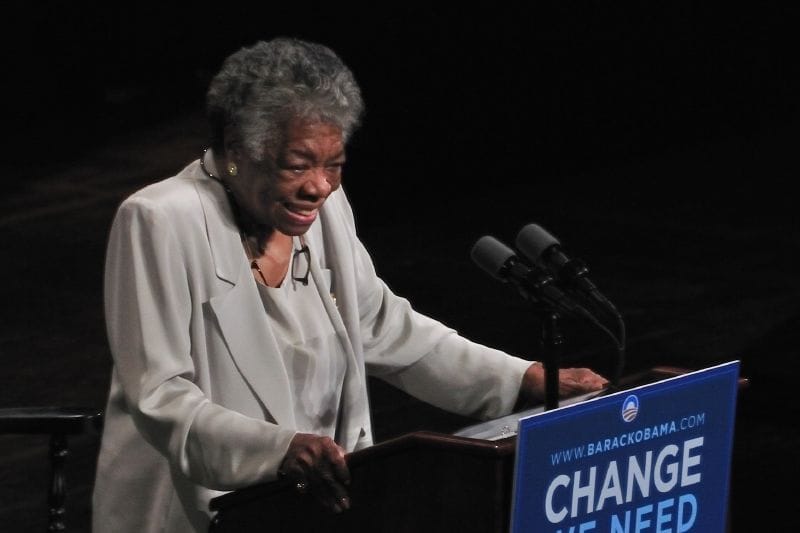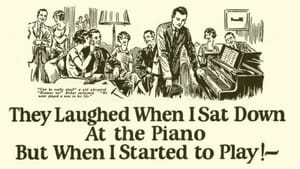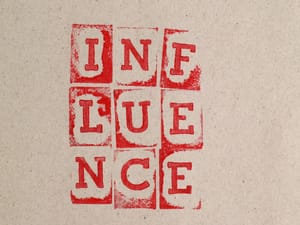Now, the United Nations admits what most professional communicators already suspected… hardly anyone reads their reports.
An internal UN review found that even its best reports get just a few thousand downloads, while the reach of one in five can be measured in the hundreds.
Of course, a download doesn’t equate to a report being read. As a result, there’s next to no chance that these reports will ever be acted on.
(And also a fair chance that 'downloads' is completely the wrong metric to be focusing on anyway...but that's a story for another day).
The UN is not alone. Governments, agencies, NGOs and businesses churn out publications that are 100, 50 or even 20 pages long on a regular basis.
Each report is crammed with insights, data and recommendations. But too often the essential detail is hidden in a mass of unnecessary waffle.
Like the treasures in Indiana Jones’ Temple of Doom warehouse, these facts are lost to anyone outside the inner circle.

When readers want to get to the facts fast, what's the right format to reach them?
Here are three things we’ve learned about writing impactful reports, with observations from great writers that prove digital hasn’t changed the rules of storytelling.
How to write shorter reports that get read
Long reports rarely change minds. By stripping back the layers of complexity, you will meet new audiences where they feel comfortable and engaged.
That doesn’t mean dumbing down, it means working harder. Every word on the page must earn its place. Does it propel the story forward, or is it just fluff?
“If it is possible to cut a word out, always cut it out.” And: “Never use a long word where a short one will do,” wrote George Orwell.
Cutting words is a brutal process. But it’s the only way to get clarity. And the truth is that we often spend too little time polishing our finished reports.
Editing takes discipline. If you can’t be bothered to spend time crafting your story, why should your reader waste effort reading and interpreting it?
“The first draft of anything is shit,” said ever-blunt Ernest Hemingway, who also encouraged writers to “kill your babies” when editing.
Our rule of thumb is to spend 25% of your time thinking about what you want to say, 25% on your first draft and 50% editing.
Write fast. Edit slow.
We’ve seen the difference when helping organisations shift from a library model (publish, shelve and forget) to a broadcast model. That involves clear, accessible stories and practical calls to action.
Reports that once sat gathering dust now tailored into social animations, presentation slides, policy briefings, news articles and guest blogs.

For stories people will remember: Show, don’t tell
A 116-page PDF isn’t much use to someone scrolling on their phone.
But a four-minute, mobile-friendly visual story can really cut through.
Turning dense documents into scrolling infographics, animated explainers or bite-sized web pages makes complex findings readable, shareable and searchable.
“Description begins in the writer’s imagination, but should finish in the reader’s,” Stephen King says in On Writing.
You need to give just enough information to allow the reader to form their own mental picture. Credit them with the intelligence they deserve.
Remember, your job is not about telling people how smart you are. It’s about showing people that the information you have is valuable to them.
“The consumer isn’t a moron; she’s your wife,” advertising legend David Ogilvy said. His perspective sums our audience-first approach.
With report writing, if your insights don’t leap straight from the page into your audience’s mind, they may as well not exist.
“Don’t tell me the moon is shining; show me the glint of light on broken glass,” Anton Chekhov.
That’s the difference between presenting hundreds of pages of tables and charts and designing a crisp visual story that makes the key point unmistakable.
Dense content is like a lecture, while visual storytelling (and painting pictures with words) is like a conversation. One keeps you waiting, the other pulls you in.

Why narratives in reports move hearts (not the numbers)
Data alone doesn’t shift public attitudes. Values-driven stories do.
We’ve seen 60-second hope-based videos triple engagement and shift perceptions measurably.
Done well, narrative storytelling isn’t fluff, it’s the bridge between your evidence and the impact it has on everyday lives.
“People will forget what you said, people will forget what you did, but people will never forget how you made them feel,” Maya Angelou.
Numbers might impress, but feelings endure. And they’re what will change behaviour.
Storytelling isn’t optional decoration. It’s how we are all hardwired to understand the world. That was as true in the caveman days as it is in the digital era.
That’s why a narrative-led approach to report writing matters. It gives your evidence a human voice.
Without a clear story, your numbers will remain lost on the reader.

How to stop lecturing and start talking via your reports
The UN review recommends fewer reports. Ones that are more comprehensive and actually answer the questions people have.
That’s a start.
But the bigger point is if your publication is meant to inspire action, then it has to be found, understood and remembered.
You should also find new metrics for success. Downloads don't equate to action. There is a better way to measure impact...but we'll save that for a future post.
A report that feels like a lecture will always struggle. But, a report that feels like a clear, concise conversation has a chance to shift attitudes.
Otherwise, you’re just adding to the storeroom of doom. Setting up your content to be summarised by an AI.
The same goes for reports. Craft the one your audience is waiting for and don’t add to the noise.
P.S. Thanks for reading all the way through this article. Most reports never get this far 😉.






